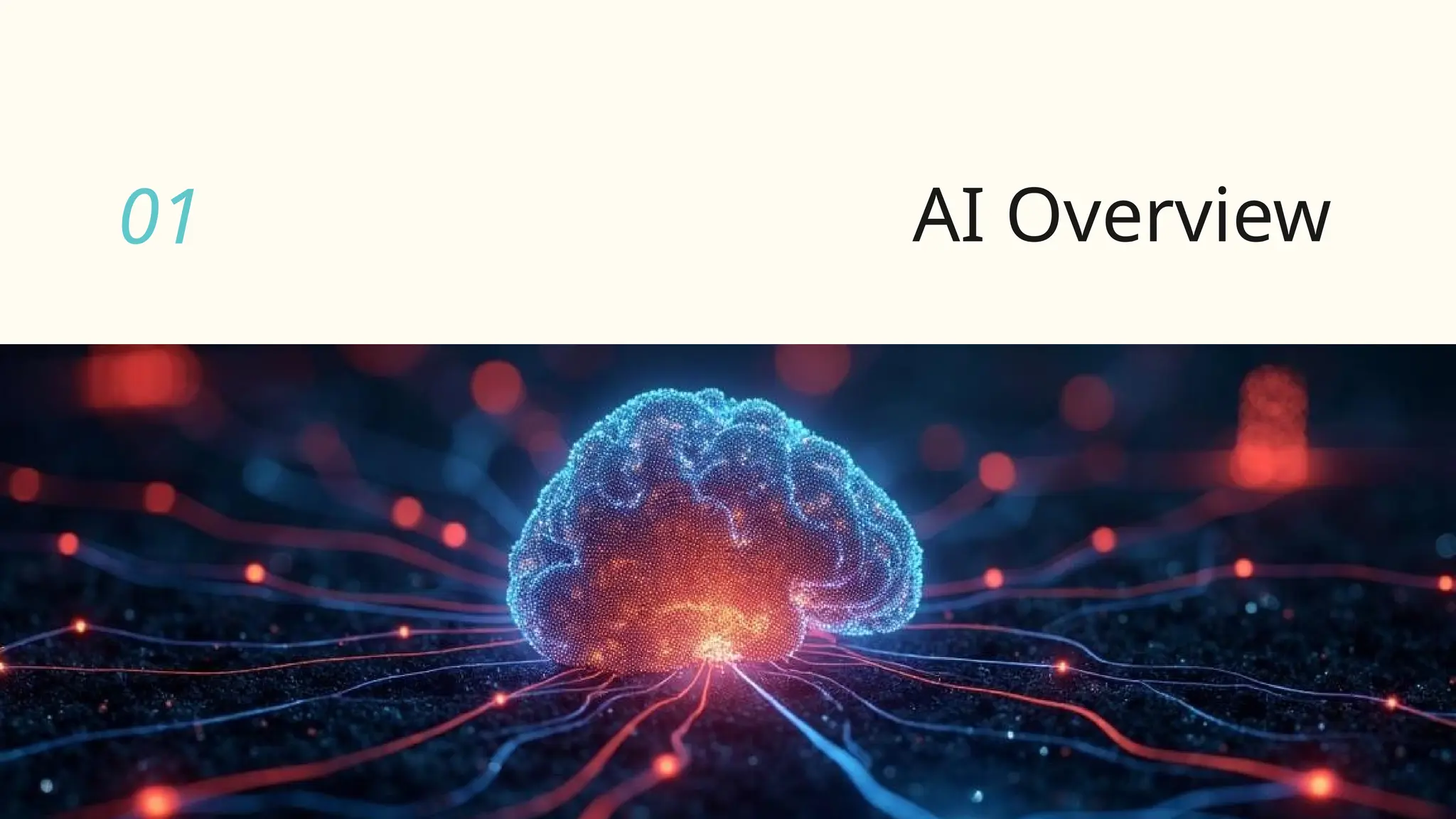Copy Link & Paste in Google👉👉👉 https://alipc.pro/dl/
Robin YouTube Video Downloader Pro Crack Robin YouTube Video Downloader Pro Crack Free Download is a lightweight Windows application for downloading and converting videos from YouTube, Facebook.











